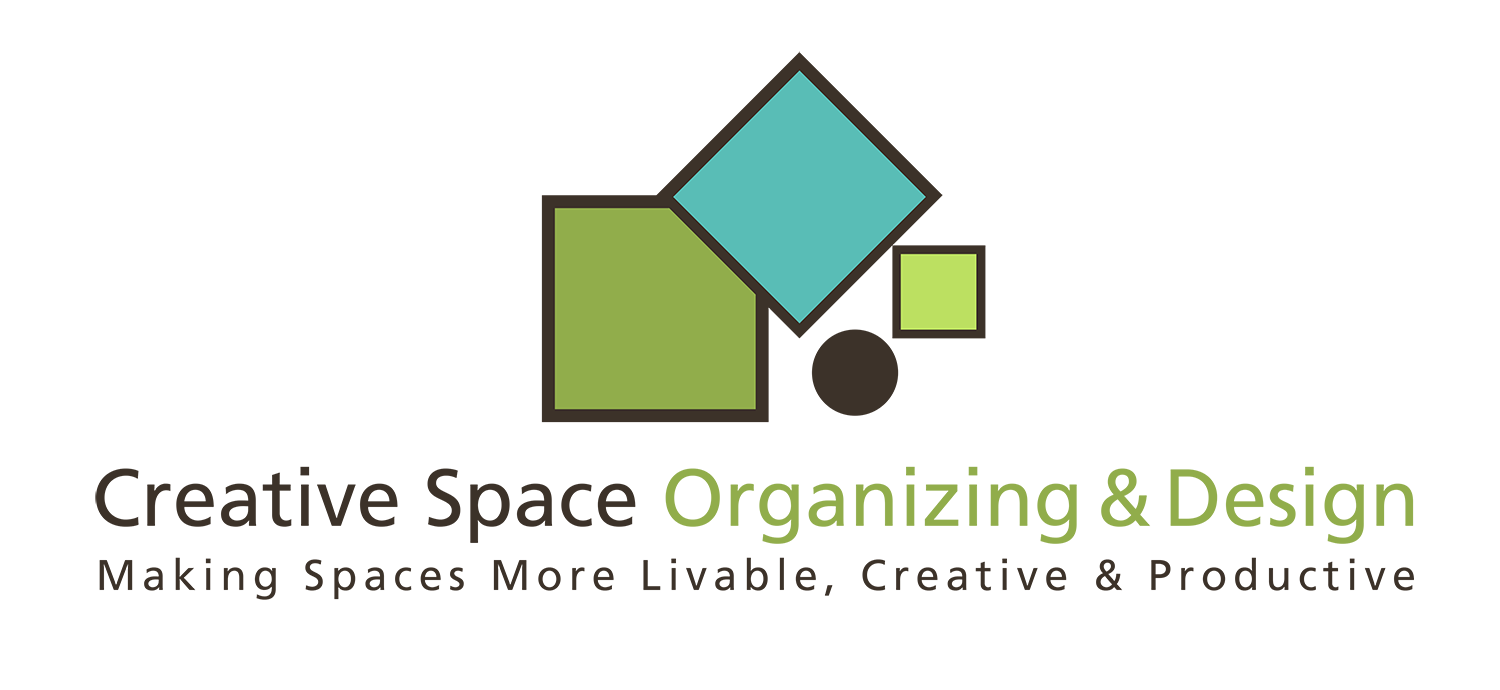Organizing is best achieved when you have a specific outcome and goal in mind. Do you want to clear a closet so you can close the door on it? Do you want to organize the garage to park 2 cars in it again? Do you want to see your desktop and easily locate papers and documents when you need them? Or do you want to repurpose a room that once served as a storage space and have it usable as meditation room or craft space?
While there are many approaches to organizing and no ONE way, there are specific outcomes that will guide and direct you to achieving your aims. When assessing a space, I ask the client what they want to achieve so when they use the room they are receiving the benefits they envisioned. It helps guide the project to a clear endpoint so the actions taken will lead the project to its intended result. Getting clear beforehand, setting a goal and a desired completion time can aid organizing greatly as the organizer and client move forward.
“How long will it take?” is often a question organizers hear. My response is, “how long did it take to get this way?” The client realizes that while an office, room or house could have taken months and years to achieve its current state of disarray, it will take as long as it takes for the client to make decisions and to sort and purge things the items at hand. The length of time also depends on what’s being sorted. Papers require a client to go through each one to see if something needs to be saved, filed, shredded, recycled and the like. Paper, because it requires focused concentration, can be the most draining and can oftentimes take longer than working with clothing and other bulk items. Most of all, it requires patience and persistence. The feeling of overwhelm that washes over clients when they view their situations causes them to lapse into a temporary stupor. My job is to get them engaged and get moving so they gain momentum and keep moving forward.
Another key component is to keep the sessions consecutive. Once a client begins organizing, stopping after one or two sessions will often stop all momentum and return the client to where he or she was in the beginning. Going to the gym for a month or two can make some progress, yet if the user stops going, the body returns to how it was and all benefits are lost. It’s important that weekly sessions are scheduled so the work can keep moving forward and visual progress is evidenced by the client. Once she starts to see the changes, excitement and enthusiasm will build and keep the project in gear. To see and feel the benefits of an organized space replacing clutter often acts as a welcome relief for the user. Having cleared space makes such a difference where boxes and papers previously lived.
Take the time to assess what you need in a specific area you want to clear. Know where you’d like to go and how you’d like it to be. If you can’t surmise this, consulting with your organizer beforehand and discussing the goals and outcomes will guide your project to its destination and give you the results you’ve desired.

